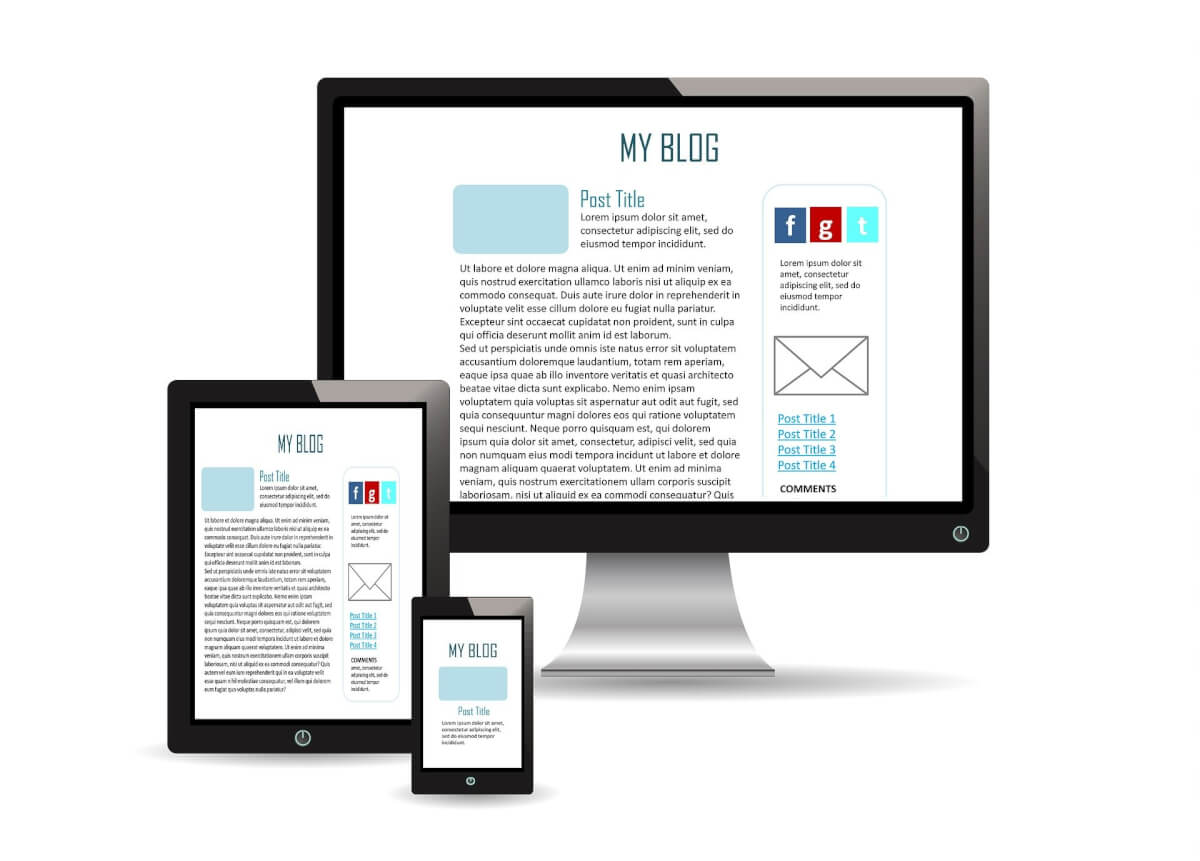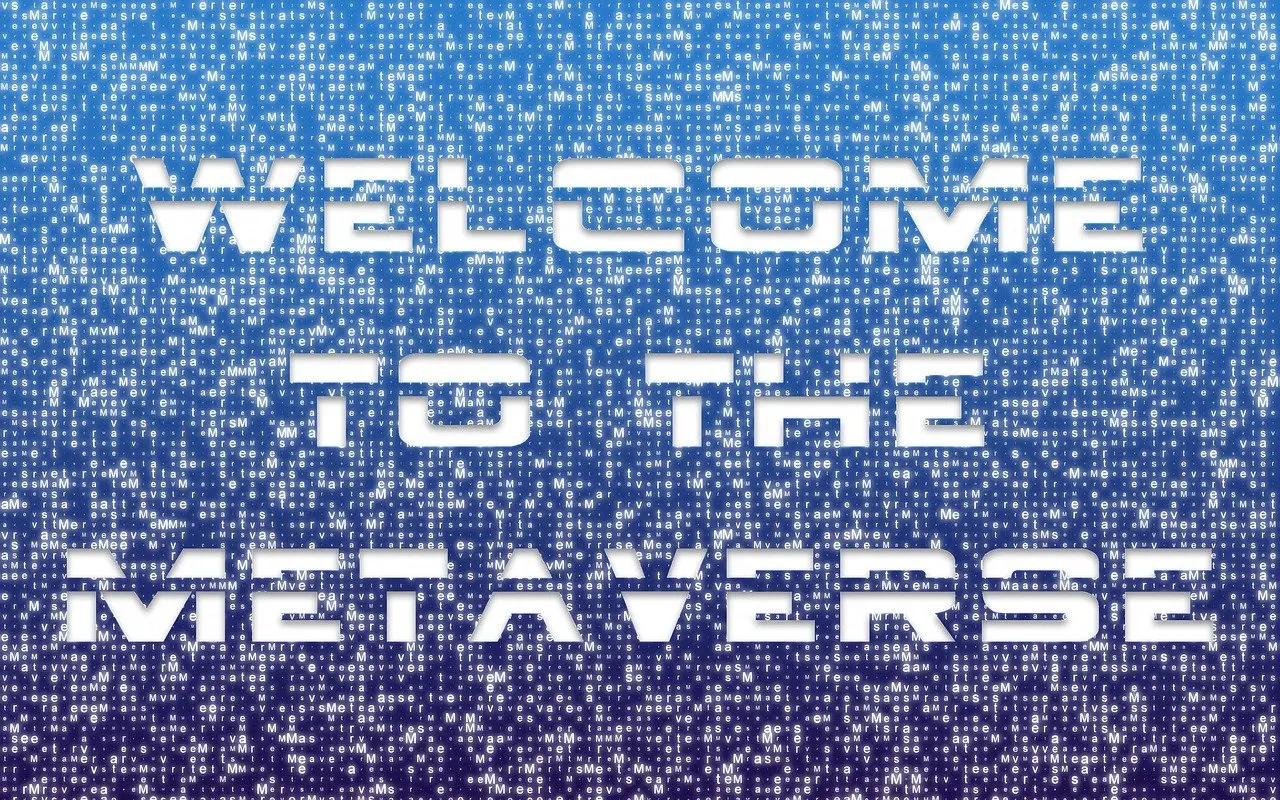From plagiarism to hidden editorial costs to content marketing snags, it’s important to understand your risks, be able to identify them early and be agile enough to solve potential problems quickly.
At this point in the year, your content marketing program should be full steam ahead. You’ve been publishing content and have a plan to help you succeed for the rest of the year.
However, at this point in time, you also need to pause for a moment to identify and mitigate any risks that have arisen. The last thing you want is an unknown threat to ruin all of the hard work you’ve been doing the past few months.

Content marketing program risk: Plagiarism
Plagiarism can mean more than just “borrowing” someone else’s words. It can mean serious hits to a company’s character, lawsuits and fines, and major losses in revenue.
Consistent plagiarism screenings will help ensure that the content on your site is original and authentic. This also helps to not only establish expertise in your field but also promote trust in your customers.
At Tempesta Media, we have all of our writers sign a plagiarism contract during their onboarding process to establish their commitment to creating completely original content. Additionally, to prevent both intentional and unintentional plagiarism, our writer platform scans each article for plagiarism before it sends the text to editing. This screening removes even the possibility of plagiarism to ensure you receive the best quality content possible.
There are various legal and liability risks associated with plagiarism:
Brand risks of plagiarism
Plagiarism is a tricky topic. If you found out a competitor was plagiarizing your content, how would you handle it? Your team would probably call them out and demand they remove the plagiarized content. You might even take legal action against them.
However, what do you do if you find out your own company has plagiarized content?
If your business were to be caught doing so, it would be more than just embarrassment that you’d have to deal with. Plagiarism is a punishable offense, for both the person who plagiarized and the business who let it happen.
Brand risk for plagiarism may involve:
- Loss of business.
- Removal from a buying group.
- Loss of partnerships.
In fact, the company formerly known as “Salty” had to change its name and logo after it was held liable for plagiarizing another company’s logo. Here are four other cases in which a company was forced to rebrand due to plagiarism.
Plagiarism affects more than just companies though. In reality, businesses don’t have a problem firing employees who plagiarize content: CNN fired a news editor, the Daily News fired a writer and The Daily Beast forced a highly-ranking reporter to resign.
The risks associated with plagiarism are extensive, both in who it affects and how difficult redemption is in the aftermath.

Reputational risks of plagiarism
An individual who plagiarizes often finds that the reputational damage following a plagiarism accusation will follow them for their whole career.
Not only do they face punishment (or possible termination) from their current job, but it could also be difficult, if not impossible, to find another job involving content. Once that individual has committed plagiarism, it will be difficult for them to get employers to trust their work ethic, judgement and overall honesty.
The same type of reputational destruction can happen to a business. When a company’s character comes into question, they could lose loyal clients and damage their relationship with suppliers and future customers alike. After all, once that business loses their integrity, none of their relations will trust them enough to continue any sort of partnership.
To make the matter more serious, if a company loses its good reputation, it’ll face losses in its revenue soon after. Those customers that were loyal to you before – and who maybe even brought new business – are more likely to abandon you and take their business elsewhere.
Copyright infringement risks
Beyond the implications of plagiarism on your company’s internal success, plagiarism can also have legal consequences. The U.S. government takes copyright laws very seriously. You cannot violate another company’s copyright and vice versa.
Copyright infringement risks have two main camps: legal implications and monetary implications. As far as the legal implications of copyright infringement, a company may find themselves embroiled in multiple legal cases.
Law suits over copyright infringement largely involve intellectual property. Essentially, committing copyright infringement equates to stealing another person’s legal right over their ideas.
Several big lawsuits against companies infringing on someone else’s intellectual property, such as the lawsuit of i4i vs. Microsoft, show that you are held accountable for plagiarism. It’s not something you left behind in school.
Cases such as i4i vs. Microsoft also prove that if you plagiarize, you can also be held liable for monetary damages. (Microsoft was forced to pay i4i $290 million.)
Monetary implications of copyright infringement for businesses can often result in fines upwards of $150,000. Your business could be liable for:
- Damages.
- Profits that resulted from the infringement.
- Statutory damages between $750 and $30,000.
- Fines from the court up to $150,000.
The first step to mitigating copyright risks is to understand copyright basics. Next, ensure that your team has clear copyright policies in place. Finally, ensure that your team is either creating everything on their own from scratch or paying tthe appropriate licensing fees for photos and artwork.

Why editorial costs are content marketing risks
You shouldn’t publish content that has typos, mistakes or misleading information. Your content is an extension of your voice and goals. Essentially, it’s an extention of you. Since it acts as the face of your company, you want your content to reflect who you are as a business. Bad copy and grammar can make your business look sloppy and suggest that you don’t care enough to try – which customers will translate to you not caring about them.
To avoid this, you need editors.
Editors are essential
Editors are essential to your content marketing program because they:
- Fact-check.
- Review spelling and grammar.
- Check links to ensure they’re relevant, timely and non-competitive.
- Align articles with your organization’s messages and goals.
- Ensure the article has value to customers.
- Check to make sure the tone, voice and style match your brand’s messaging.
With these responsibilities, editors help to ensure high-quality content is published on your site. Therefore, this helps to portray you as knowledgeable and trustworthy.

Hidden editorial costs
However, while editors are necessary, there are hidden costs associated with editing content, especially with in-house teams, that you must account for when determining your marketing budget.
Editorial costs can run as much as or more than the cost of the actual content that has been created – especially if it is a technical piece since a lot of fact-checking is required. If you often publish technical content, it might be necessary to invest in fact-checkers as well as editors to ensure that everything is correct.
Hidden editorial costs are more than just the salaries of fact-checkers and editors, however. Other costs associated with the editing process could include:
- Retirement, 401K, health and other benefits related to employment.
- Office space and supplies for your editors.
- Software that will optimize the editing process.
Much of these editorial costs are associated with in-house teams. These costs can be a heavy burden to those companies who do not have a large budget to accommodate for such necessities as editors.
At Tempesta Media, you receive the benefits of having a full-time content team, without the cost. It’s all included in your subscription. Before you even see the first draft of your content, our expert editors have reviewed it for all of the issues above to drastically lower the revision rate and allow you to publish more quality content at a steady frequency.

Risks of ignoring editorial issues
If you ignore editorial issues, or even ignore editing altogether, you risk your SEO. In fact, bad spelling and grammar could be what is killing your SEO. If there is an abundance of misspellings, awkward formatting and illogical explanations, no search engine will deem that article as top-result worthy (or even first-page worthy).
After all, the purpose of good SEO is to show search engines that you have the most valuable information for your audience. If the search engines can’t even process your jumbled content, how could you expect your audience to find any value in it either?
How Tempesta Media can help you
Let’s recap.
To keep it simple, the best ways to mitigate the risks to your content marketing program are:
- Don’t plagiarize content. That includes witten, visual and conceptual content.
- Establish an editorial team, whether that’s in house or outsourced.
Tempesta Media provides quality content at scale. With our streamlined content marketing platform and our team of expert writers, editors and managers, we can help you address and remove risks to your content marketing program, saving you time, money and (quite possibly) your reputation.
To learn more, contact us today.










